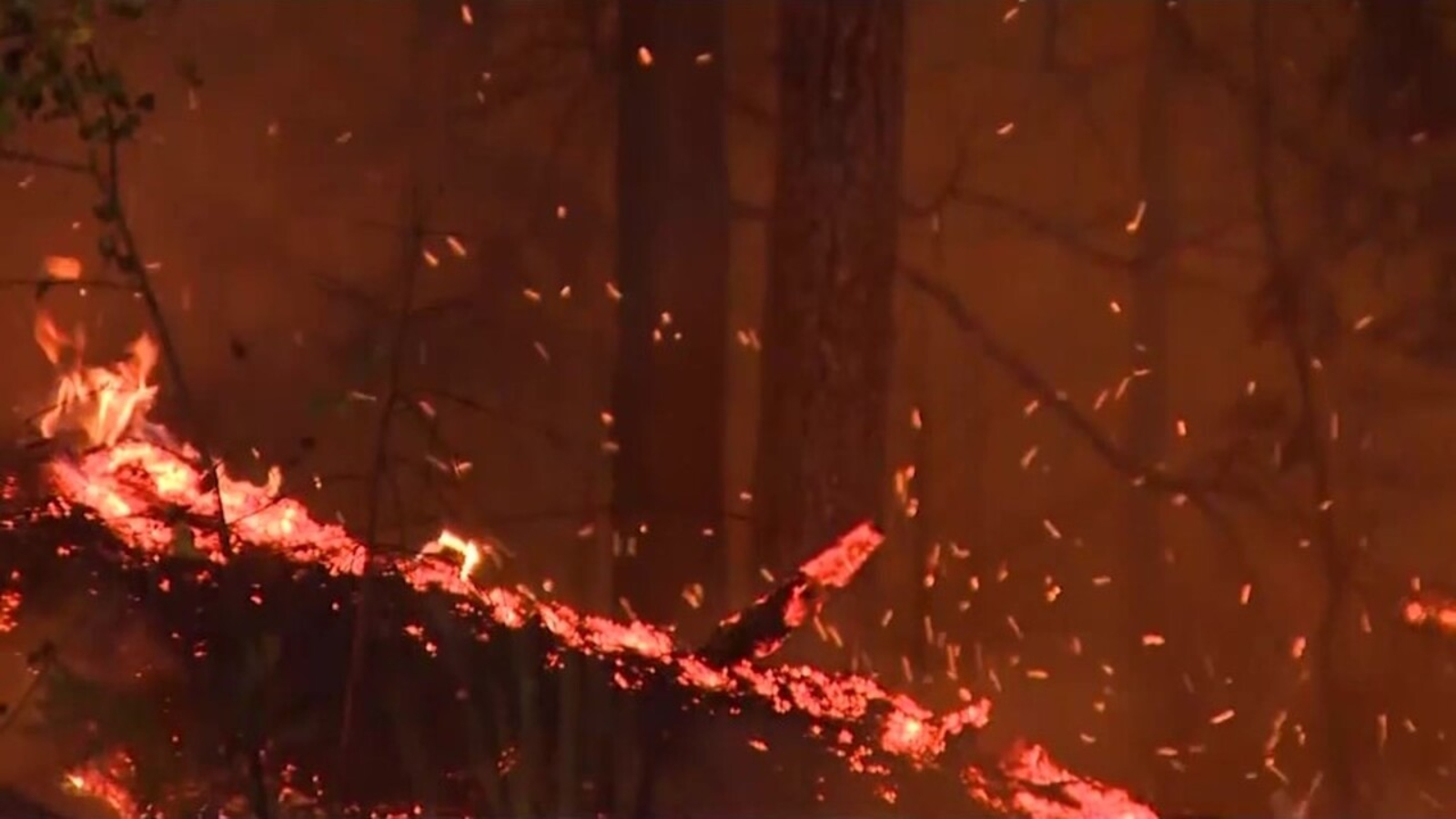SAN FRANCISCO (KGO) — Watching the smoky air pour into Bay Area cities – the potential health risks from increasingly intense wildfires seem obvious. But now, a team from Stanford is revealing just how urgent the threat may be.
Marshall Burke, Ph.D., is an associate professor at the University’s Doerr School of Sustainability. He says the team used an Artificial Intelligence model, to examine the spread of a particularly dangerous form of smoke pollution. They found that ten years ago, fewer than half a million people lived in areas experiencing at least one day per year of unhealthy air. Now, roughly a decade later, that number has swelled, to millions.
VIDEO: Report claims Northern CA wildfire smoke will reach ‘unbearable’ levels due to climate change
“What we found was that the number of people exposed to at least one of those days of a bad day or a really bad day had gone up just massively. So a 27-fold increase in the number of people exposed to a very bad day, and 11,000 fold increase in the number of people exposed to an extremely bad day. So basically, for the really bad days, you’re going from almost no one exposed ten years ago, to over a million people exposed every year. So just a dramatic increase,” says Burke.
Beyond documenting increased exposure to wildfire smoke, the Stanford team’s work could help unearth clues to what future health impacts might be. Again, their measurements centered on a specific type of smoke particle pollution known to lodge deep in the lungs and impact the bloodstream.
VIDEO: Stanford researchers identify ‘double-hazard’ wildfire zones in the West
Marissa Childs, Ph.D., is the lead author of the study.
“So when wildfire smoke goes up today, you know, what’s the increase in hospitalizations tomorrow or the next day, but it’s a lot harder to study what happens five years down the road for a person both because it’s, it’s like an incremental change, and because it’s much more difficult to link? You know, what happens? Is someone five years from now, back to the exposure that they had today?” she said.
Childs believes the study, coupled with emerging data could help drive decisions about safety precautions, such as masking, smoke filtration, and shelter-in-place days. Professor Burke, also believes the study could influence strategy decisions like prescribed burns. Deliberately thinning brush and fuel from forests to lessen the frequency and intensity of the worst wildfires.
VIDEO: Dramatic photos capture orange, hazy skies seen all across San Francisco Bay Area
“That’s something we absolutely need to do. We need to scale it up. It’s going to be hard. It’s going to be expensive. We have millions of acres that need to be treated, but it’s something we can do and something we should spend money on,” says Burke.
If you’re on the ABC7 News app, click here to watch live
Copyright © 2022 KGO-TV. All Rights Reserved.
